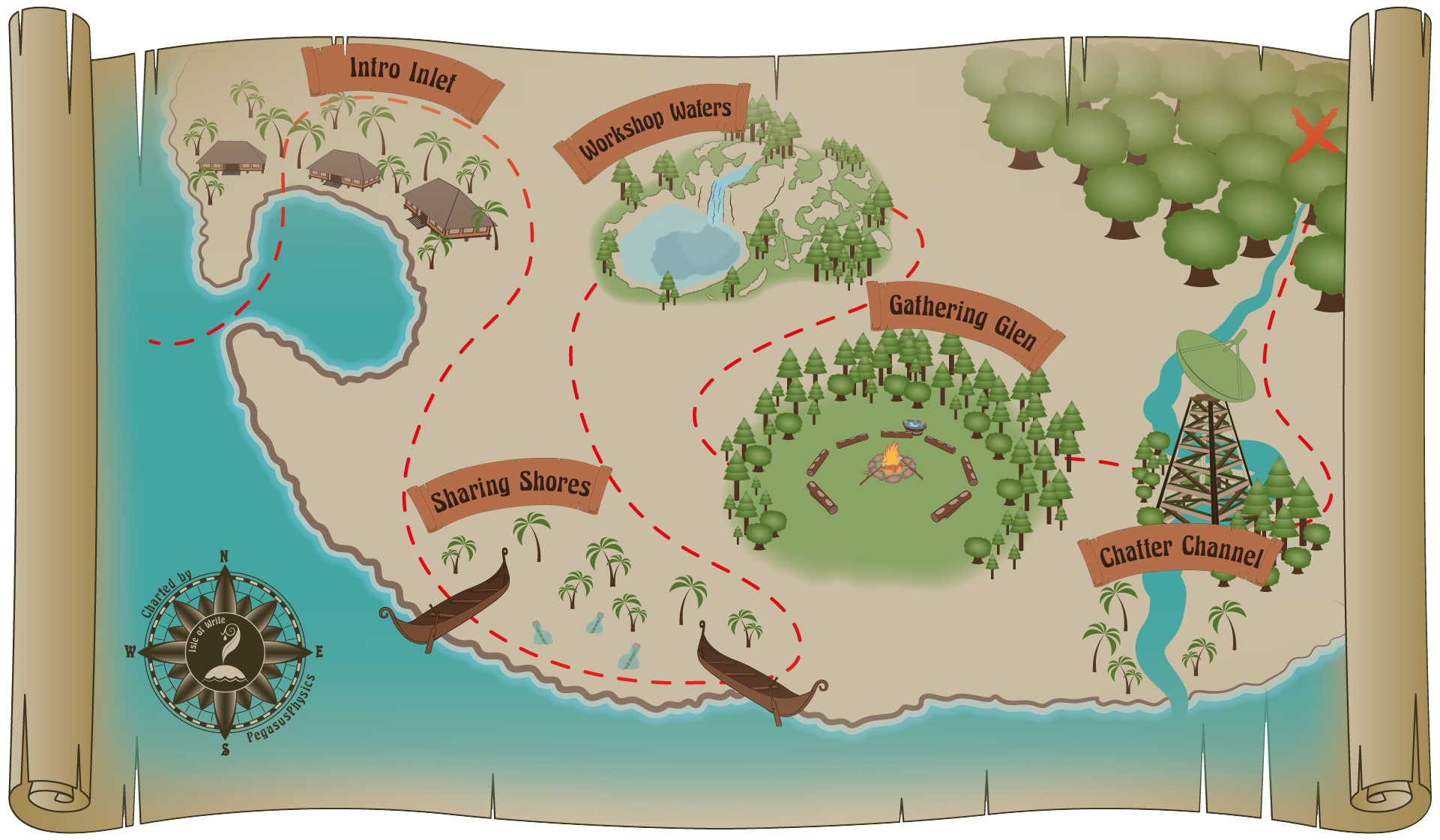
Part 1 | Part 2 | Part 3 | Part 4 | Part 5 | Part 6 | Part 7
Part 8 | Part 9 | Part 10 | Part 11 | Part 12 | Part 13 | Part 14
Part 15 | Part 16 | Part 17 | Part 18
Computer models show us that larger systems – like a national economy – need to be decentralized to work well and be sustainable. But when a national economy is centrally planned, like a command-and-control economy, the costs of coordination can become expensive and the allocation of resources, wasteful. That's unsustainable and mirrors the waste and overconsumption we've seen over the last century of command-and-control economic policies suggested by the “pro-consumption” economist John Maynard Keynes.
Computer models also show us that a decentralized system, like a national economy, will behave as a “complex adaptive system” if left alone. John Henry Holland, a mathematician at the University of Michigan, is known for building the first computerized complex adaptive system.

So what is a complex adaptive system?
Dr. Holland defined this type of system as having “a large number of components, often called agents, that interact and adapt or learn.” It was their built-in ability to adapt that allowed these systems to avoid failure and waste and grow sustainably.
"Many of our most troubling long-range problems -- trade balances, sustainability, genetic defects, mental health, computer viruses -- center on systems of extraordinary complexity," Dr. Holland said in a New York Times interview. He wanted to model the network of synapses in the human brain, so he designed a computer model that mimicked a free market, an economy that isn't controlled by outside command-and-control forces.
According to William Tucker writing for Reason magazine, Holland made “each digital 'synapse' into an economic unit. Individual synapses were paid off for solving problems, with a 'bucket brigade' to distribute the rewards to participating units. Economic reinforcement via the profit motive was an enormously powerful organizing force.”

This computer model of the brain organized itself when each digital synapse was allowed to pursue its own goal. Another name for this, in addition to complex adaptive system is a self-organizing system.
Stuart Kauffman, the researcher at the Santa Fe Institute mentioned in an earlier post, had similar results. He found that simple systems could be forced with command-and-control programming to perform efficiently. He called his computerized command-and-control forces the “Stalinist limit,” after the communist dictator who attempted the ultimate command-and-control economy in Russia.
Russ Marion, writing about Kauffman's research in his book The Edge of Organization, concludes that, “Routine systems, those with predictable raw materials and predictable manufacturing processes, are best served by centralized authority structures. Their environment, internal and external, is not terribly complex and their decisions are easy. The Stalinist approach works in this situation.”
But Kauffman found that larger, more complex systems would freeze up under these “Stalinist” conditions. In this case, the system works better if it's decentralized and broken up in “patches.” Kauffman's conclusions are in his book, At Home in the Universe: “When the system is broken into well-chosen patches, each adapts for its own selfish benefit, yet the joint effect is to achieve very good [solutions] for the whole lattice of patches. No central administrator coordinates behavior. Properly chosen patches, each acting selfishly, achieve the coordination.” (emphasis added)
Anyone who has studied economic history will recognize a well-known economic idea in what Kauffman is describing. It's an idea that was first described by a classical economist named Adam Smith back in 1776.

We've dubbed his idea the “Invisible Hand,” something he described this way: “Every individual necessarily labors to render the annual revenue of the society as great as he can ... He intends only his own gain, and he is in this, as in many other cases, led by an invisible hand to promote an end which was no part of his intention ... By pursuing his own interests, he frequently promotes that of the society more effectually than when he really intends to promote it.”
Free markets – a feature we usually associate with capitalism – are also decentralized, complex adaptive systems that are self-organizing. But most people who are concerned about sustainability blame capitalism for overconsumption. But are free markets really to blame?
Is capitalism the reason we have unsustainable levels of economic consumption in our society today? We'll explore that question next time.
This article is one of a series I'm writing for the 30 Day Writing Challenge hosted by @dragosroua. If you want to join, write on a topic that interests you or that you'd like to learn more about and use the tag #challenge30days. As Dragos says, "The key word sequence here is: "write every day."

Think you'd like to wash up on our shore?
The treasure map will bring you right to our door!

cover art created with a pixabay.com image ]

